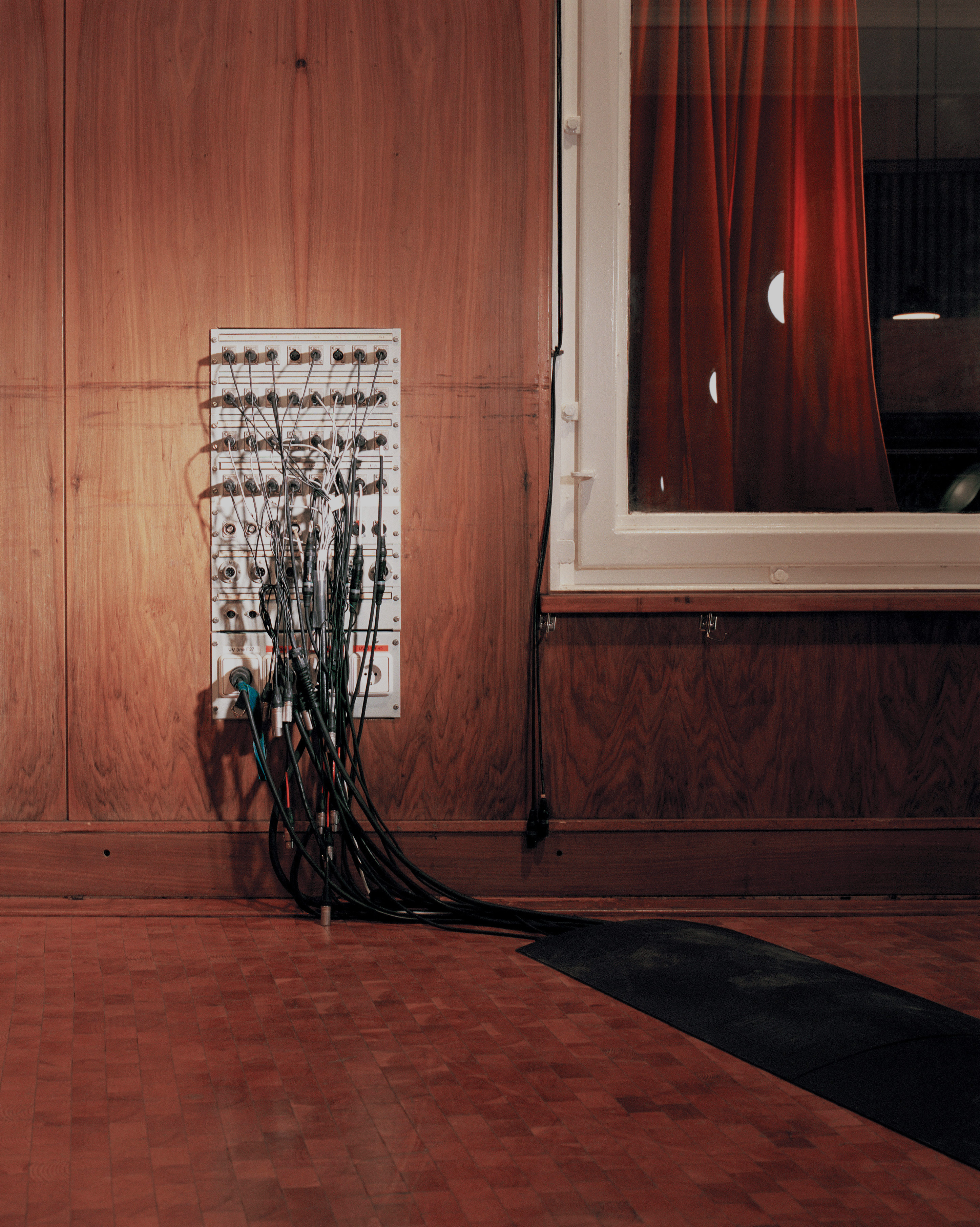For me, a massive highlight from a recent trip to Berlin, Germany, was a visit to the legendary Hansa Tonstudio [Tape Op #95], where the majority of David Bowie's Low and Heroes albums were tracked with Tony Visconti [#29], Brian Eno [#85], and engineer Colin Thurston. Many other brilliant albums were recorded at Hansa, including Iggy Pop's The Idiot and Lust for Life, but Low and Heroes are sacred documents to me. It was extraordinary (and a little overwhelming) to visit the space, and in particular to stand and sing a little in the famous Meistersaal and just kinda marinate for a short while in its distinctive acoustics. The Meistersaal is a huge space, originally built as a chamber music concert hall, but in the '70s it served as Hansa's Studio 2. It is this exact room where Bowie recorded one of his finest vocal performances: the title track of Heroes.
Most Tape Op readers are likely aware that the "Heroes" lead vocal sound is the result of producer Tony Visconti's spontaneous (and ingenious) solution to the limitation of 24-track analog recording. Having only one track left for Bowie's vocal, and wanting to capture the immediacy of his performance without sacrificing the ambience of the Meistersaal, Visconti set up a series of three microphones – one heavily compressed close mic, and two other mics, which were gated and spaced at increasing distances away from Bowie in the room. The gates on the furthest two microphones were tweaked to open only as Bowie's vocal intensity grew after the first verse and chorus. The placement of these mics meant that the track's natural reverb opened up in parallel with Bowie's emotive velocity. The resulting vocal sound is unique, often replicated, and never matched.
Now, the folks at Eventide (in collaboration with Mr. Visconti) have given us a stellar new AAX/AU/VST plug-in called Tverb that algorithmically models the Meistersaal and expands upon Visconti's clever three-mic technique. Tverb replicates the mic setup, with one close fixed mic and two movable room mics. Additionally, if desired, the individual mics can all be panned in stereo space – a luxury that wasn't available during the Heroes session. The close mic has a simple analog-modeled VCA-style compressor circuit with a switchable polar pattern (omni/cardioid/figure-8). The two room mics can be positioned in real time within their virtual space, wheeled around on their boom stands in a 3D graphic – the semi-skeuomorphic interface reminds me a tiny bit of Universal Audio's Ocean Way Studios plug-in: dead-simple to understand and use. All of the mic/mix elements are laid out in a simple Neve-style console interface. One cool trick I found is that the room mic positions can be automated, and because the plug-in can process these changes inreal time, the resulting moves are artifact-free and can lead to some bizarre and creative applications (look up "Tverb Tango" on YouTube – I dare you). The plug-in's presets are very well organized – I liked that they have multiple levels of categorization in the menus, with insert or bus presets called out clearly. After getting a feel for what's possible with the presets, it's nice to explore the plentiful options for control in the interface – including a Master section on the virtual console, which allows a user to tailor the frequency response and decay characteristics of the room.
Tverb is an impressive and unique reverb with a surprisingly low CPU footprint. It's also super-affordable, considering that you get an accurately modeled version of Hansa Studio 2 for your DAW! No one could ever match Bowie's performance on "Heroes," but now we can sort out what a drum bus send might have sounded like through the same signal chain – in stereo, without buying a ticket to Berlin.




_disp_horizontal_bw.jpg)